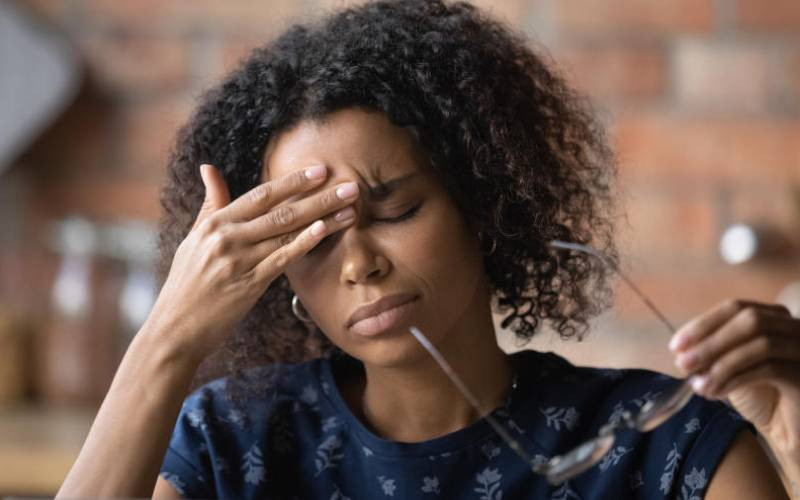
When you’re suffering from restless legs syndrome you will feel an uncomfortable sensation on your legs with an irresistible urge to move.
You will notice this happening more often in the afternoon, evening or when you’re in bed lying down or resting.
When there is a prolonged duration of inactivity you will start to feel this unpleasant feeling.
And when it takes place at night, it may interfere with your sleep making it difficult to sleep or go back to sleep after waking up.
Also known as the Willis-Ekbom disease it is characterized as a neurological sensory disorder that stems from the brain although there is no obvious cause.
To better understand this, let us look at some of the symptoms and what you can do about it.
Symptoms:
Despite the name, RLS also affects your hands, chest and face. According to sufferers, it is characterized by a tingling electric shock kind of feeling, burning, aching, twitching, itching and tingling and the only way to find some relief is by moving.
To find out if you may be battling with RLS, rule out the following.
Discomfort in the limbsOccurring mostly at night when you’re asleep and you have very little inactivity, you may feel some itchiness, tugging, throbbing and a burning or pulling sensation that may wake you up at night forcing you to move.
Your sleep is interruptedIf you find yourself waking up and finding it difficult to go back to sleep or stay asleep because of any of the aforementioned sensations, you may need to visit your doctor to rule out RLS.
You are sleepyNow that you did not get enough rest during the night due to the discomfort in your limbs, you will find yourself battling sleep during the day when you should be your most active.
Urge to moveWhether you’re sitting down or lying down, you will find it impossible to stay still because of the discomfort. You will feel an uncontrollable urge to want to move and stretch to find some relief.
At times you may be forced to get out of bed and stretch which eats up into your sleeping or resting time.

Treatment:
This will depend on how intense the discomfort is and how severe the symptoms are. When non-medication treatments don’t work your doctor will present you with other options.
ExerciseBecause inactivity triggers the urge to move your limbs, working out may be very helpful in managing RLS. According to research this has been found to work especially well for those who suffer from mild RLS symptoms.
Exercise involving limb movements work best and will also improve the quality of your sleep. You however do not want to work out until your body hurts or aches as this may worsen things.
Water soaksAlthough there isn’t much research to support the effectiveness of hot or cold baths, those who use it hail it as one of easiest ways to find relief.
You may want to take a hot or cold bath or soak in the bath tub before bedtime. Likewise, you can use hot or cold packs to compress while rubbing your legs.
SupplementsOne of the suspected culprits of RLS is iron deficiency. To rule this out, your doctor must carry out tests to determine if you have an iron deficiency.
Should the results show that you do, you may be put on iron supplements. You may also need to take magnesium and vitamin supplements to help deal with the symptoms.
MassageOne of the treatments you can try at home is massaging your legs or hands. You can do it yourself or with the help of a spouse.
If this doesn’t work out you may want to try a professional masseuse. Swedish and deep tissue massages a few days a week will help improve blood circulation making you feel more relaxed which will in turn improve your sleep.
PainkillersIf you have severe RLS your doctor may help you relieve some of the pain and discomfort with some medication. NSAIDs (non-steroidal anti-inflammatory drugs) such as ibuprofen may help with mild symptoms.
Anticonvulsants on the other hand will help with muscle spasms, neuropathy and treat some pain. Although dopamine agonists may cause adverse effects in older patients, it will help with the unpleasant sensations by raising the dopamine levels.
 The Standard Group Plc is a multi-media organization with investments in media platforms spanning newspaper print
operations, television, radio broadcasting, digital and online services. The Standard Group is recognized as a
leading multi-media house in Kenya with a key influence in matters of national and international interest.
The Standard Group Plc is a multi-media organization with investments in media platforms spanning newspaper print
operations, television, radio broadcasting, digital and online services. The Standard Group is recognized as a
leading multi-media house in Kenya with a key influence in matters of national and international interest.










